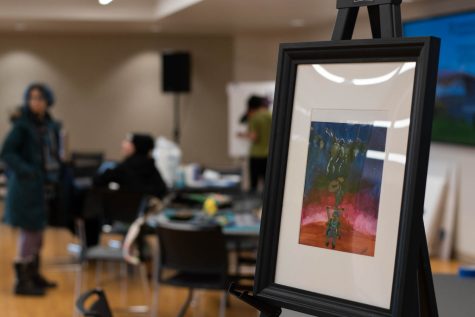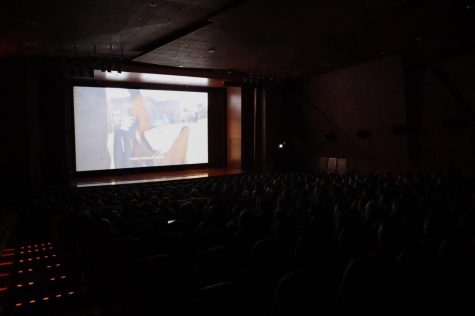Low brass gets a time to shine
October 15, 2014
It’s not hard to think of something more exciting than band class — or so it may seem. Those performing as a part of the WSU School of Music’s Low Brass recital would like to refute that idea.
“Band classes aren’t as boring as people think they are,” said freshman music education major Tyler Salyer. “Lots of work goes into preparing for a recital like ours. It’s just like what a rock band does, maybe just a little more subdued.”
At 8 p.m. Thursday in Kimbrough 101, the WSU School of Music’s low brass studio will give a recital to showcase the unique sound of bass instruments that aren’t often given a chance to shine, said Calvin Gorman, senior music education major.
“This is really the first time we get to highlight low brass,” he said. “The solos and the ensemble are featuring students that are the cream of the crop.”
The recital will consist of two sections, said low brass assistant professor Chris Dickey. The first will showcase individual student talent through a series of solo and small ensemble performances, and the second will be a large ensemble performance from the brass studio.
“The first half will be focused on pieces originally written for low brass instruments. The audience will like the agility with which the composers are writing. They use many song-like, lyrical passages,” Dickey said. “It’s representative of all the possibilities.”
The group as a whole has been working toward consistency in their sound, Dickey said.
“Athletes have to master it so they can make free throws, and music does the same thing,” he said. “We have to ask ourselves, how can we increase the expectation for a higher level of performance?”
Salyer said that the focus on consistency has translated into his own preparation for his solo performance in the first half. Not only does consistency matter in sound, Salyer said, but also in technique.
“The tuba sonata I’m playing sounds more modern. The rhythm is very driving. It’s the primary derivative behind the piece,” he said. “Building consistency is important for the piano accompanist so they can anticipate the rhythm and notes consistently every time.”
For Gorman, the solo performance on trombone has required him to learn a new stylistic skill in order to do justice to the romantic quality of the composition.
“The piece I’m playing is a very stately and beautiful trombone and piano composition from the Romantic era,” he said. “The biggest thing in preparing for it has been developing vibrato. I wasn’t taught how to use vibrato until last semester, and I’m using that style to incorporate with the lyrical parts of the piece.”
Apart from the unique requirements each individual student has mastered to prepare for solo material, Salyer said group preparation requires a totally different attitude.
“When you’re preparing for a solo, your main concern is having your part perfect, but in a group the most important piece is listening,” Salyer said. “You have to make sure you’re not sticking out. It’s a group effort to make sure everyone sounds good.”
The performance will be worlds apart from the boring, band class-like reputation given by general public, Dickey said. Students like Gorman and Salyer will provide an evening of palatable and easily welcoming music for all those listening, he said.
“It’s seldom that people get to hear brass other than as a part of a large group of instruments. We’re usually in the back row,” Gorman said. “This is a chance for us to show the progress of our section.”
There will be an informal reception immediately following the performance in the lobby of Kimbrough. The event is free and open to the public.





















